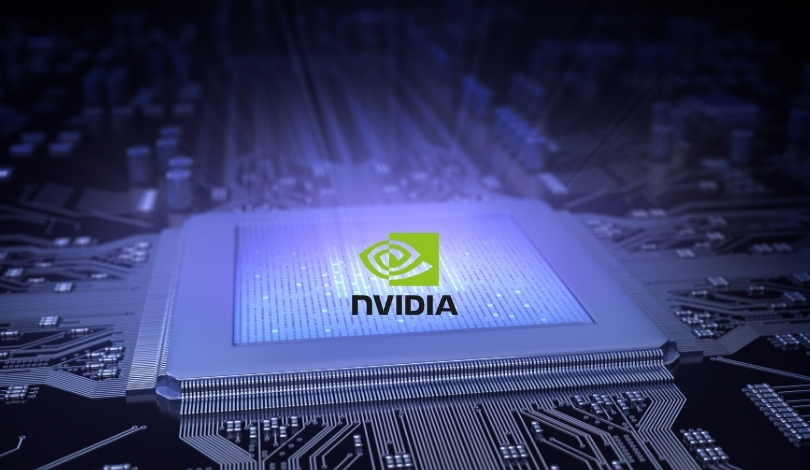Nvidia CEO Jensen Huang is strategically navigating the complexities of US-China trade relations. As the tech giant commits to substantial investments in American infrastructure, it simultaneously seeks to maintain its significant market presence in China. This dual approach underscores Nvidia’s efforts to secure its global footprint amidst escalating geopolitical tensions.
Nvidia’s recent strategies reflect a shift from previous approaches where the company balanced its domestic and international engagements more evenly. The $500 billion investment in the US indicates a stronger emphasis on strengthening local manufacturing capabilities. This move comes as Nvidia continues to adapt to changing regulatory environments and market demands in both regions.
How Does the New US Export Requirement Impact Nvidia?
The introduction of US export license requirements has significantly affected Nvidia’s financial outlook.
“These new regulations will cost our company $5.5 billion in additional charges,”
stated Huang, highlighting the substantial quarterly impact. The H20 GPU, specifically designed for the Chinese market, faces stringent controls, thereby affecting Nvidia’s revenue and operational strategies in China.
What Are Nvidia’s Plans for US Manufacturing?
Nvidia has pledged to invest up to $500 billion over the next forty years to enhance chip production within the United States. This initiative aims to bolster domestic manufacturing and reduce dependence on international supply chains.
“Our investment aligns with national interests to strengthen the US tech infrastructure,”
Huang affirmed, emphasizing the company’s commitment to supporting American manufacturing sectors.
How is Nvidia Engaging with Chinese Tech Leaders?
Despite the new US restrictions, Nvidia remains engaged with key players in China’s technology landscape. During his visit to Beijing, Huang met with DeepSeek CEO Wenfeng Liang to discuss next-generation chip designs compliant with US standards.
“We value our partnerships in China and are committed to fostering collaborative advancements,”
Huang remarked, signaling ongoing cooperation amidst regulatory challenges.
Nvidia’s approach reflects a nuanced strategy that balances compliance with US policies while striving to maintain and grow its presence in the Chinese market. By investing heavily in US infrastructure and continuing dialogues with Chinese tech leaders, Nvidia aims to navigate the intricate landscape of international trade and technology development effectively.
Looking ahead, Nvidia’s strategic investments and diplomatic engagements are likely to influence the broader tech industry’s response to US-China relations. The company’s ability to adapt to regulatory changes while fostering international collaborations could set a precedent for other tech giants facing similar challenges.










